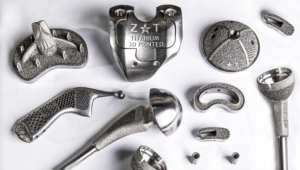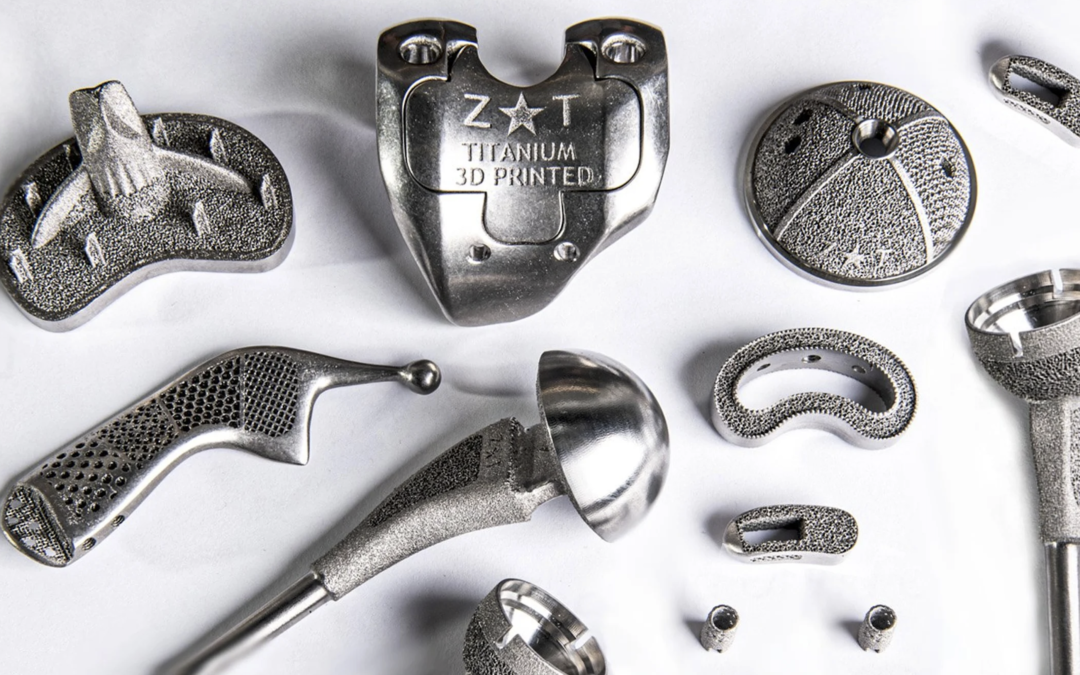3D printing, also known as additive manufacturing, has been rapidly gaining popularity in orthopedic surgery over the past few years. This technology is being used to create patient-specific implants, surgical guides, and models for preoperative planning. The use of 3D printing in orthopedic surgery has several advantages over traditional manufacturing techniques. As 3D printing becomes more mainstream (I dabble with 3D printing as a hobby), it will continue to lead to advances across multiple industries.
Patient-Specific Implants
Orthopedic surgeons use implants to replace damaged or missing bones and joints. In traditional manufacturing techniques, implants are manufactured in standard sizes and shapes, and the surgeon must choose the implant that most closely matches the patient’s anatomy. With 3D printing, implants can be created that are customized to the patient’s specific anatomy. The surgeon can use CT or MRI scans to create a 3D model of the patient’s bone or joint, and the implant can be designed to match the exact shape and size of the bone or joint. This custom fit can improve the performance and longevity of the implant, as well as reduce the risk of complications such as implant loosening or fracture.
Surgical Guides
In orthopedic surgery, surgical guides are used to help the surgeon accurately position the implant. These guides are typically made from plastic or metal and are manufactured using traditional techniques such as injection molding or CNC machining. With 3D printing, surgical guides can be produced more accurately and at a lower cost. The surgeon can create a 3D model of the patient’s bone or joint and design the surgical guide to fit precisely over the bone or joint. The surgical guide can be 3D printed in a biocompatible material that can be sterilized and used in the operating room.

Modern orthopedic implants creating using 3D printing technologies
Preoperative Planning
In orthopedic surgery, preoperative planning is essential for a successful outcome. The surgeon must plan the surgery to ensure that the implant is positioned correctly and that the surrounding structures are not damaged. With 3D printing, the surgeon can create a physical model of the patient’s bone or joint for preoperative planning. The model can be 3D printed from the patient’s CT or MRI scans and can be used to practice the surgery before the actual procedure. This allows the surgeon to optimize the surgical plan, reduce the risk of complications, and improve the accuracy of the implant positioning.
Conclusions
In conclusion, 3D printing has numerous applications in orthopedic surgery, including the creation of patient-specific implants, surgical guides, and models for preoperative planning. This technology has several advantages over traditional manufacturing techniques, including improved accuracy, lower cost, and faster production times. As 3D printing technology continues to advance, it is likely that its use in orthopedic surgery will become even more widespread, leading to improved patient outcomes and a higher quality of care.
For more information, here is a great article from JAAOS: 3D Printing in Orthopaedic Surgery

